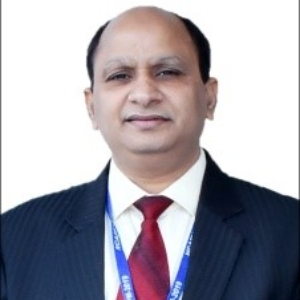Biomass derived from photosynthesis is the only carbon-containing renewable resource in the world, and it has the potential to be converted into a variety of high-value liquid fuels and fine chemicals. This has significant strategic implications for preventing the future depletion of fossil fuels and the escalating environmental issues. The pinnacles of scientific and technical advancement that all nations are grabbing hold of are the clean manufacturing of bio-based compounds and the effective conversion of biomass resources. To replace fossil fuels, achieve "carbon neutralisation," and promote the industry's long-term green growth, it is strategically important to produce chemicals and innovative materials using biomass resources as raw materials. If biomass can be directly transformed into fundamental chemical raw materials in a single step using the least amount of energy. In the biomass energy and material industries, it will be of considerable importance. Biomass is processed and produced using a variety of molecules, and the exact conversion of these molecules into certain compounds has significant strategic and scientific importance for the creation of new materials generated from photosynthesis. The main obstacle impeding the field of biomass conversion's progress is catalytic technology. Therefore, the primary objective of this study area is the development of sophisticated catalytic materials and methods for biomass conversion, giving detailed knowledge of the chemical mechanisms involved in the consumption of bioenergy.

Dai Yeun Jeong
Asia Climate Change Education Center, Korea, Republic of
Sergey Suchkov
N.D. Zelinskii Institute for Organic Chemistry of the Russian Academy of Sciences, Russian Federation
Enrico Paris
CREA-IT & DIAEE, Italy
Tokeer Ahmad
Jamia Millia Islamia, India
Rabeharitsara Andry Tahina
GPCI-ESPA Antananarivo University, Madagascar
Jiri Dedecek
J Heyrovsky Institute of Physical Chemistry , Czech Republic
Uday Som
Research and Development Engineer, Japan
Vladimir G Chigrinov
Hong Kong University of Science and Technology, Russian Federation



Title : Distant binuclear vanadium V(II) cationic sites in zeolites and their reactivity
Jiri Dedecek, J Heyrovsky Institute of Physical Chemistry , Czech Republic
Title : Advanced nanostructures for carbon neutrality and sustainable H₂ energy
Tokeer Ahmad, Jamia Millia Islamia, India
Title : Personalized and Precision Medicine (PPM) as a unique healthcare model via bi-odesign, bio- and chemical engineering, translational applications, and upgraded business modeling to secure the human healthcare and biosafety
Sergey Suchkov, N.D. Zelinskii Institute for Organic Chemistry of the Russian Academy of Sciences, Russian Federation
Title : Antibody-proteases as a generation of unique biomarkers, biocatalysts, potential targets and translational tools towards nanodesign-driven biochemical engineering and precision medical practice
Sergey Suchkov, N.D. Zelinskii Institute for Organic Chemistry of the Russian Academy of Sciences, Russian Federation
Title : Dimethyl ether synthesis from syngas over Cu-Zn/Al2O3 catalysts prepared using the Sol-Gel method
Uday Som, Research and Development Engineer, Japan
Title : Influence of various catalysts on H₂ enhancement and CO2 capture during syngas upgrading
Enrico Paris, CREA-IT & DIAEE, Italy
Title : Photoaligned azodye nanolayers : New nanotechnology for liquid crystal devices
Vladimir G Chigrinov, Hong Kong University of Science and Technology, Russian Federation
Title : Oxidation of methane to methanol over pairs of transition metal ions stabilized in the zeolite matrices
Jiri Dedecek, J Heyrovsky Institute of Physical Chemistry , Czech Republic
Title : The Concept and Implications of Low Carbon Green Growth
Dai Yeun Jeong, Asia Climate Change Education Center, Korea, Republic of
Title : Memory characteristics and diffusionless phase transformations in shape memory alloys
Osman Adiguzel, Firat University, Turkey